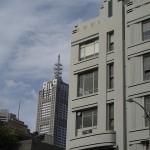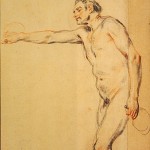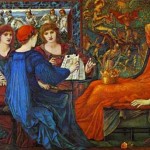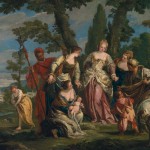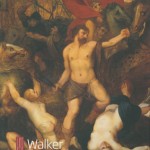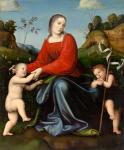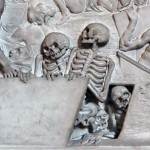
Bernini’s Raimondi Chapel in S. Pietro in Montorio, Rome 1638–48 David R. Marshall The Raimondi chapel in S. Pietro in Montorio is proof of the triumph of sculpture over painting. At 8.30am on a cold winter’s morning, when the church opens, it is the one well-lit part of the church (Fig. 1). Opposite, Sebastiano del Piombo’s Christ at the Column is plunged in gloom, from which it is barely rescued by artificial lighting (Fig. 2). To be sure it is a question of condition, but then the condition of the Raimondi chapel is not great either, with loose pieces of marble lying about, but it does not affect the experience. What stands out is the sarcophagus below the right hand Raimondi (Monsignor Girolamo, died 1628) (Fig. 3). The Bernini conceit of hinging back the top of the sarcophagus (which I…


